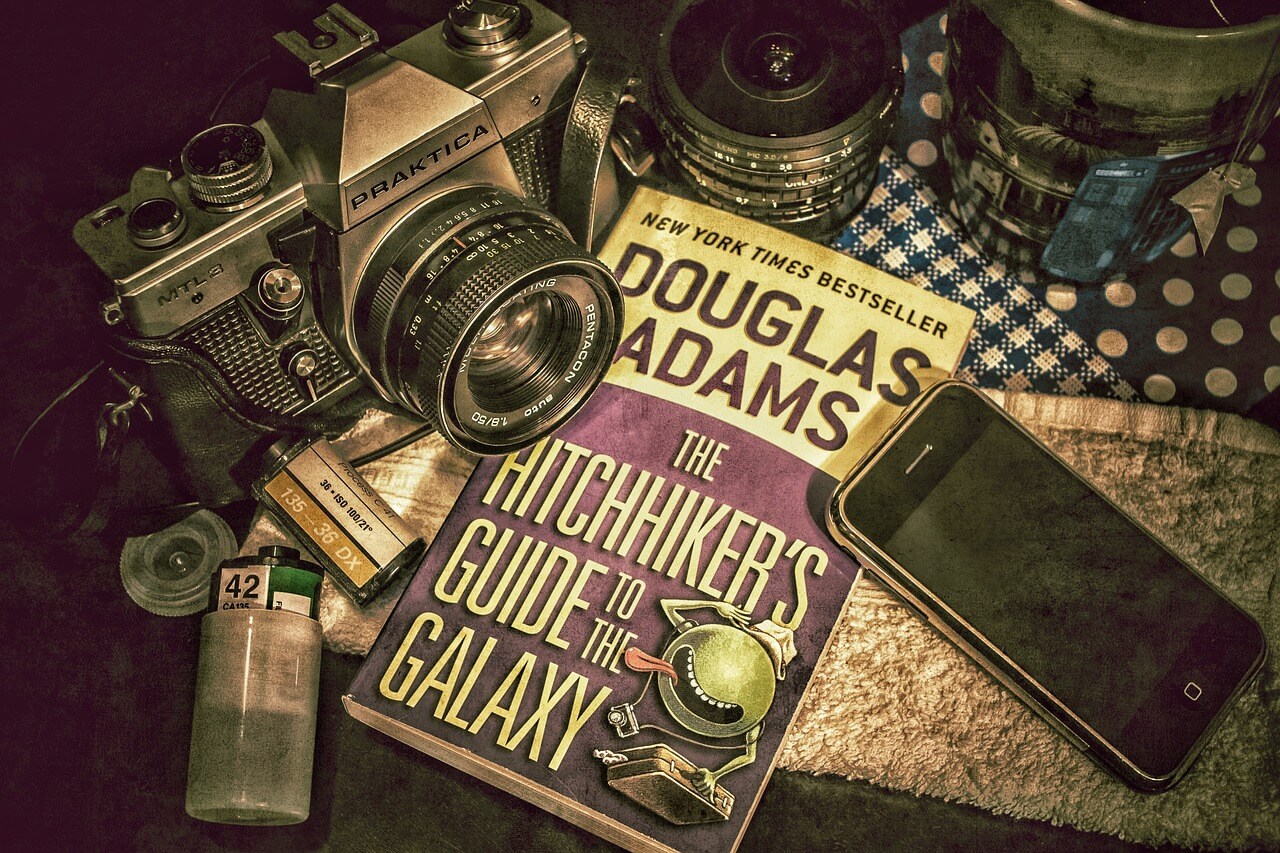Care to know how visual content in web design work? we have everything you need to know about visaul content in web design covered in this article.
In today’s fast-paced digital world, capturing and holding the attention of website visitors is more challenging than ever. Visual content is uniquely effective at engaging audiences, making it essential for successful communication and branding.
With years of experience in marketing, I’ve found that the secret to a memorable and impactful website lies in its visual elements. Visual storytelling makes a site look better, communicates messages, stirs emotions, and builds brand identity. Every visual element, from striking images and infographics to logos and icons, enhances a website’s overall appeal and functionality.
Visuals are vital to catching attention, conveying messages, and solidifying brand identity. They help tell engaging stories and keep users interested. Using visually appealing videos can make a solid first impression while optimizing images for SEO can improve search engine rankings, increase visibility, and attract more organic traffic. Using visual content effectively is a smart strategy for anyone looking to boost their website’s impact and online presence.
READ ALSO: How to Use Google Analytics to Improve Your Blog 2024
What is Visual Content?
Visual content includes any media that uses images, videos, or other visual elements to share information, messages, or stories. This covers various formats like images, videos, infographics, charts, illustrations, and animations. The primary purpose of visual content is to grab and keep the viewer’s attention, quickly convey information, and engage the audience.
On a website, These visuals showcase your brand, products, and services and are essential in storytelling. Visual content is vital to web design, created to capture attention, communicate messages, and stir emotions.
9 Importance of Visual Content in Web Design
Capturing Attention and Making a Lasting Impression
In today’s fast-paced digital world, visuals are essential to quickly capturing and keeping viewers’ attention. They stand out more than plain text, making them vital for effectively engaging visitors.
Simplifying Complex Information
Visuals help break down complex information, making it easier for viewers to understand data and processes. They are excellent tools for presenting detailed or intricate concepts clearly and quickly.
Creating Emotional Connections
Visual content can provoke emotions and create a personal bond with the audience. A well-chosen image or video can stir feelings and make your message more memorable.
Increasing Shareability
Visual content is highly shareable, especially on social media. Eye-catching images and captivating videos are more likely to be shared, expanding your brand’s reach and exposure.
Enhancing Storytelling
Visuals add depth and creativity to storytelling. They allow brands to craft compelling narratives, showcase products, and convey messages more effectively than text alone.
Boosting SEO
Search engines favor visual content. Optimized images and videos can boost your website’s ranking on search engines, driving more organic traffic to your site.
Engaging Visitors
A visually appealing website improves user experience. Effective use of colors, typography, and layout creates a cohesive, attractive design that draws visitors in and keeps them engaged.
Communicating and Evoking Emotions
Visual storytelling communicates messages and evokes emotions. High-quality imagery and visual narratives strengthen your connection with the audience and enhance brand identity.
Building Credibility and Trust
Consistent visual branding and appealing aesthetics build trust and credibility. Harmonizing visual elements ensures a cohesive design that positively impacts user engagement and perception.
Types of Visual Content in Web Design
Visual content enhances your marketing strategy by adding depth and engagement. Here are different types, each with their strengths and uses:
Images
- Strengths: Images create an immediate impact, evoking emotions and quickly conveying messages.
- Applications: Use images on social media to attract attention, on your website to illustrate points, and in emails to boost engagement.
Videos
- Strengths: Videos are dynamic and engaging, perfect for telling detailed stories, demonstrating products, and making personal connections with viewers.
- Applications: Feature videos on landing pages, in social media ads, or as tutorials to explain products or services.
Infographics
- Strengths: Infographics simplify complex information by combining text and visuals, making it easy to understand.
- Applications: Use infographics to present research findings, statistics, or step-by-step guides.
Memes and GIFs
- Strengths: Memes and GIFs are short, funny visuals that add personality to your content. They are very shareable and can quickly go viral.
- Applications: Add memes and GIFs to your social media strategy to engage a younger, internet-savvy audience.
User-Generated Content
- Strengths: User-generated content, such as reviews and testimonials, builds trust and authenticity.
- Applications: Showcase user-generated images, videos, or reviews on your website or social media to highlight real experiences.
Visual Quotes
- Strengths: Visual quotes combine text with eye-catching backgrounds, making them more engaging and shareable.
- Applications: Post visual quotes on social media for inspirational or thought-provoking messages.
READ ALSO: Best Practices for Website Accessibility
Web Design Trends and Visuals
Keeping up with the latest trends is important for creating a visually appealing and modern website. Design elements like minimalism, bold typography, and immersive visuals can make your site unique and memorable.
Embracing Minimalism in Visual Design
- Simplifying the User Interface: Use simple, minimalistic elements for a clean, easy-to-navigate interface.
- Clean and Open Layouts: Create a spacious, uncluttered design for a more substantial visual impact.
- Utilizing Negative Space: Use empty spaces effectively to draw attention to essential visuals.
Incorporating Micro-Interactions
- Adding Visual Feedback: Include subtle animations to provide feedback for user actions.
- Using Animated Visuals: Implement animations to guide users and improve their navigation experience.
- Enhancing User Engagement: Add interactive elements to make the website more engaging and enjoyable.
Adaptive and Responsive Visuals
- Designing for All Screen Sizes: Ensure visuals look friendly on all devices, from desktops to mobile phones.
- Maintaining Visual Quality: Keep images sharp and impactful across various screen resolutions.
- Responsive Images: Use adaptable images to improve website performance and user experience.
Integrating Illustrations and Custom Graphics
- Creating Unique Visuals: Set your website apart with custom illustrations and graphics.
- Infusing Brand Personality: Use custom visuals to reflect and enhance your brand’s identity.
- Explaining Complex Concepts: Use illustrations to simplify and clarify complicated ideas or processes.
Incorporating Authentic Photography
- Using High-Quality, Original Images: Boost your site’s appeal with professional and original photographs.
- Capturing Real-Life Scenarios: Use images that show genuine emotions and real-life situations.
- Personalizing User Experience: Create a more relatable and personalized visitor experience with authentic visuals.
Conclusion:
In today’s digital landscape, the power of visual content in web design cannot be overstated. Visuals are crucial for engaging audiences, conveying messages effectively, and building strong brand identities. From captivating images to immersive videos, each type of visual content offers unique strengths and applications that contribute to a memorable and impactful website.
Web designers can create visually appealing and user-friendly websites by embracing minimalistic design principles, incorporating micro-interactions, and ensuring adaptability across devices. Furthermore, custom graphics, authentic photography, and interactive elements enhance storytelling and foster emotional connections with visitors.
Incorporating visual content into web design captures attention, makes lasting impressions, improves search engine visibility, enhances user experience, and builds credibility and trust. By keeping up with the latest trends and leveraging various types of visual content, website owners can create good online experiences that resonate with their audience and drive meaningful engagement.







